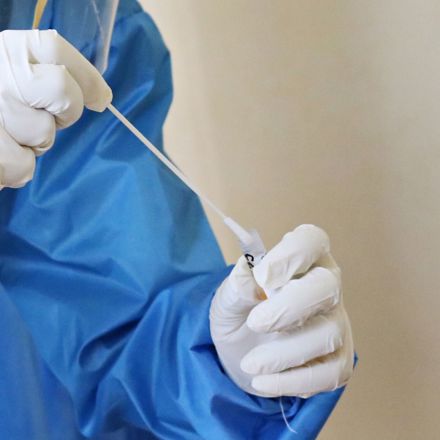In early October 2025, the Government confirmed new regulations that will finally define how methamphetamine contamination is managed in rental properties. These rules, set to come under the Residential Tenancies Act 1986, aim to protect the health of tenants while giving landlords and property managers clear, science-based thresholds to follow.
For many landlords across Wellington, Hawke’s Bay and beyond, this is welcome news. Until now, the lack of official guidance has made it difficult to know when a home is considered contaminated and what steps are required to make it safe again. The new regulations will end years of uncertainty and help create a fairer, more consistent approach for everyone involved in the rental market.
What the New Meth Regulations Will Cover
The Ministry of Housing and Urban Development (HUD) has shared the main points of the upcoming regulations, expected to take effect in 2026:
- Contamination threshold: A property will be classed as contaminated when meth residue levels exceed 15 micrograms per 100 square centimetres (15μg/100cm²).
- Cleaning requirement: Contaminated homes must be cleaned until residue falls below the 15μg/100cm² level.
- Tenancy termination: If contamination levels exceed 30μg/100cm², landlords will be allowed to end a tenancy due to contamination.
- Testing and cleaning standards: HUD will set out how testing and decontamination should be done to make sure results are accurate and consistent.
- Abandoned belongings: The rules will also explain how to handle tenant goods left behind in contaminated homes.
These levels are based on updated scientific advice and aim to strike the right balance between health protection and practical management.
Why This Update Matters
This announcement is important because it provides long-overdue clarity for both landlords and tenants. For years, property owners have had to rely on mixed messages from insurance policies, NZ Standards, and Tenancy Tribunal decisions. The new framework will simplify things by setting one consistent national standard.
When the regulations come into force, landlords will have greater confidence about:
- When a home truly meets the definition of contamination.
- How to manage cleaning and testing in a compliant way.
- What grounds exist for tenancy termination due to contamination.
It also gives tenants reassurance that decisions about contamination will be based on clear science, not speculation or fear.
What Happens Next
The regulations are not yet in effect, and no immediate action is required from landlords or property managers. HUD has confirmed that the new rules are expected to come into force sometime in 2026.
In the meantime, HUD will release more detailed guidance covering:
- How the testing and decontamination process will work.
- The exact date the regulations will commence.
- What documentation and evidence landlords will need to provide once the rules are in place.
For now, landlords simply need to stay informed. Oxygen will continue to share updates from HUD and Tenancy Services as they’re released, helping owners understand what the changes mean for their properties.
Oxygen’s View
At Oxygen, we see this as a well-overdue and welcome step for the rental sector. Clear and consistent rules will give landlords and tenants confidence in how meth contamination is assessed and managed.
By taking a science-based approach, the Government is helping remove much of the uncertainty that has surrounded this issue for years. These changes will support safer, better-managed homes and strengthen trust between owners, tenants, and property managers.
Conclusion
The new meth regulations mark an important turning point for the rental market in New Zealand. They bring long-awaited clarity, protect tenant wellbeing, and give landlords clear standards to work to.
Although there’s nothing landlords need to do right now, staying informed will make the transition smoother once the rules come into effect in 2026. Oxygen will continue to keep landlords and investors across Wellington, Hawke’s Bay and beyond updated as more details are announced.




